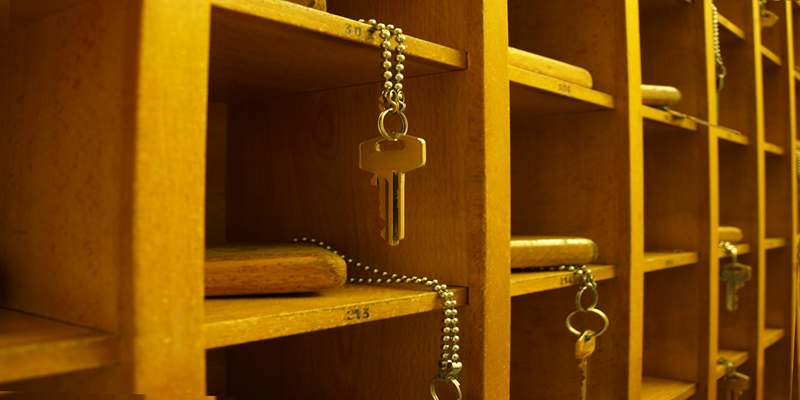What Are Your Down Payment Options? A Simple Guide
One of the most important steps to consider is saving for the down payment because it has to come as a priority when you plan to purchase a house. This is the amount of money that is paid upfront towards the purchase. Depending on your finances, there are various options available, and understanding them is essential so that you can make the best decision. Whether you have a big savings or need a smaller down payment, this guide will walk you through your options and help you get started on the right path.
What is a Down Payment?

A down payment is an initial payment on a purchase that is considerably high in value, like a car or a house. It is expressed as a portion of the total amount and is paid when the purchase is made.
Why is it important?
Your eligibility for a mortgage loan depends on your down payment size as well as the interest rate offered. The significant size of your down payment demonstrates financial responsibility to lenders enabling them to provide improved loan conditions. Larger down payments generate smaller monthly costs that decrease homeownership costs throughout the entire ownership period.
What Are Your Down Payment Options?
There are various options available for down payments, and the one you choose will depend on your financial situation and goals.
Traditional Down Payment
A traditional 20% down payment is often considered the gold standard. This means putting down 20% of the home’s purchase price upfront. While this may seem like a lot, it can provide several benefits, such as avoiding private mortgage insurance (PMI) and potentially getting a lower interest rate.
Low Down Payment Options
If your savings aren't enough for a traditional downpayment, there are low downpayment options available. Some lenders provide loans with 3% down while government-backed programs like FHA loans may only require 3.5% down.
Down Payment Assistance Programs
If you’re struggling to save for a down payment, there are also various assistance programs available that can help cover some or all of the costs. These programs may have specific requirements and restrictions, so it’s important to do your research and see if you qualify.
Gift Funds
Another option for a down payment is gift funds from family members or friends. This involves receiving money as a gift that can be put toward the purchase of your home. However, lenders typically have specific guidelines for gift funds, so make sure to check with them before accepting any money.
Pros and Cons of Down Payment Options
Each down payment option has its own pros and cons, so it’s essential to weigh them carefully before making a decision.
Traditional Down Payment
Pros: Lower monthly payments, avoids PMI, potentially lower interest rate.
Cons: Requires a large upfront investment, may delay homeownership due to saving time.
Low Down Payment Options
Pros: Accessible for those with limited savings, can help you become a homeowner sooner.
Cons: May result in higher monthly payments and interest rates, may require additional fees like PMI.
Down Payment Assistance Programs
Pros: Can provide financial assistance for those who qualify.
Cons: May have strict eligibility requirements and restrictions on property type or location.
Gift Funds
Pros: Can help increase your down payment amount without taking on additional debt.
Cons: May have specific guidelines and restrictions from lenders, may cause issues if the gift giver expects repayment.
Tips for Choosing the Right Down Payment Option
With so many down payment options available, it can be challenging to determine which one is best for you. Here are a few tips to help you make the right decision:
Consider Your Financial Situation
Before making a decision, it’s essential to review your current financial situation. Take a look at your savings, income, and expenses to determine how much you can comfortably put towards a down payment.
Think About Your Long-Term Goals
Are you planning on staying in your home for the long haul or looking to upgrade in a few years? This can help guide your choice of down payment option. If you plan on selling your home soon, a low down payment may be more beneficial.
Factor in Additional Costs
When choosing a down payment option, don’t forget about other expenses that come with homeownership, such as closing costs, property taxes, and home maintenance. Make sure you have enough funds to cover these costs in addition to your down payment.
How to Get Started on Your Down Payment Journey

Now that you understand the various down payment options and have considered your personal situation, it’s time to take action. Here are some steps to get started:
- Create a budget: Review your income and expenses to determine how much you can comfortably save for a down payment each month.
- Research lenders: Shop around and compare offers from different lenders to find one that fits your needs.
- Explore assistance programs: Check if you qualify for any down payment assistance programs in your area.
- Talk to family or friends: If gift funds are an option for you, consider having a conversation with loved ones about potentially receiving a gift towards your down payment.
- Start saving: Once you have a plan in place, start saving for your down payment. Consider automating your savings to make it easier and more consistent.
Conclusion
A down payment is an essential part of any major purchase, particularly when buying a home. By understanding the available options and taking into account your personal financial situation and goals, you can make an informed decision on which option is right for you. Remember, every little bit counts when it comes to saving for a down payment, so don’t get discouraged if it takes time to reach your goal. With patience and diligence, you can achieve homeownership and take the first step towards building wealth through real estate.











